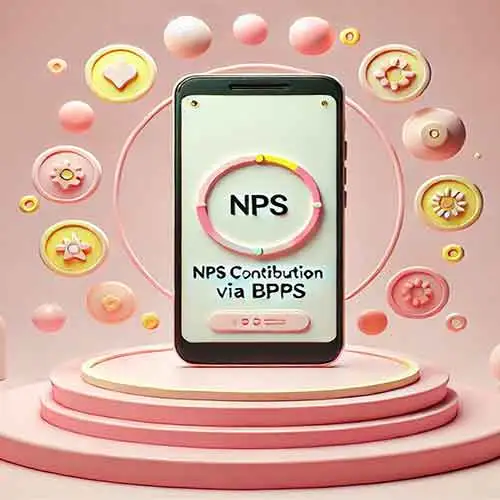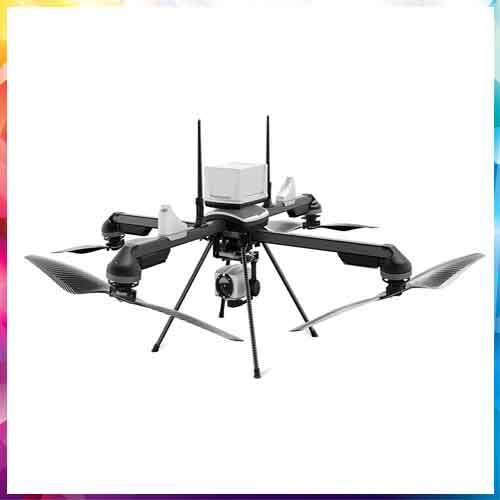
The EY-IAMAI report claims that on an average, Indians spend nine hours weekly, consuming pirated content out of which 38% of the time is spent watching OTT content and 22% is spent watching films.
As per the EY and the Internet and Mobile Association of India report, the Indian entertainment industry incurred an estimated loss of Rs 22,400 crore in 2023 due to piracy. This estimated loss includes Rs 13,700 crore generated from pirated content from movie theatres and Rs 8,700 crore from over-the-top (OTT) platforms’ content. The potential GST losses are estimated to be up to Rs 4,300 crore.
There is 150% rise in subscription revenue since the pandemic, however 51% media consumers in India access content from pirated sources. Streaming emerged as the largest source of pirated content at 63%, followed by mobile apps at 16%, other avenues such as social media and torrent contributed 21%.
The top three reasons for viewers to indulge in pirated content as per the report are managing multiple subscriptions, unavailability of desired content online and steep subscription fees.
Talking about the report, Rohit Jain, Chairman of the Digital Entertainment Committee, IAMAI, said, “The rapid growth of digital entertainment in India is undeniable, with filmed entertainment expected to reach INR 146 billion by 2026. However, this potential is severely threatened by rampant piracy. It is imperative for all stakeholders—government bodies, industry players and consumers to unite in combating this issue. Only through collective action can we ensure a thriving future for our creative industries.”
The report reveals that 62% of consumers who access pirated content believe stricter enforcement is needed to address the issue. Additionally, 64% of these consumers admitted they would choose legal platforms, even with ad interruptions, if they were free. On the other hand, 84% stated they dislike paying for movie tickets, and 70% expressed unwillingness to subscribe to any OTT services.
“Several measures taken to combat this issue remain insufficient and fragmented and have not had a meaningful impact. It is crucial that different segments of the industry collaborate to mitigate piracy risk and push for stronger regulations and enforcement. Simultaneously, leveraging technology to combat the creation and distribution of pirated content will also be critical. This will ensure that original creators are able to protect their intellectual property and monetize what is rightfully theirs,” Mukul Shrivastava, Partner and Forensic M&E Leader, EY Forensic and Integrity Services added.
The EY-IAMAI report also revealed that 76% of those who accessed pirated content belonged to the 19-to-34-year age group. Among those viewing pirated content, women preferred to watch OTT shows while men watched old, pirated films and renowned classics. 40% of pirated content is sought out in Hindi, closely followed by English content at 31%.
See What’s Next in Tech With the Fast Forward Newsletter
Tweets From @varindiamag
Nothing to see here - yet
When they Tweet, their Tweets will show up here.




























